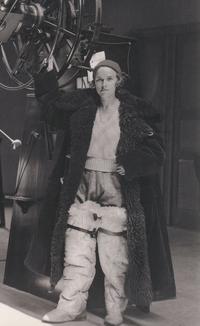Swedish Women On-line (SWO), from the Middle Ages to the Present, 2.0 A Biographical Dictionary of Swedish Women, in Swedish and in English.
Short description
Across the humanities there is a growing awareness of the importance of women’s agency and the significance of women as historical agents. Despite this, accessible documentary evidence of female agency through the ages remains largely absent. Swedish Women On-line (SWO 1.0), an infrastructural project financed by RJ is a major attempt to remedy this. SWO 1.0, formally known as Svenskt kvinnobiografiskt lexikon (SKBL), collates the biographies of one thousand significant women in the form of a digital dictionary and a structured database, to both support the dictionary and provide the groundwork for future research. The new database allows for data analysis which will generate new understanding of the complex forces which made Sweden one of the world’s most egalitarian countries.
The Biographical Dictionary of Swedish Women (SKBL)
The Biographical Dictionary of Swedish Women (SKBL) is a freely accessible database available in both Swedish and English. Its contents are free to use, but the source must be cited.
This project at the University of Gothenburg was carried out in a partnership incorporating the Department of Literature, History of Ideas and Religion, the Department of Historical Studies, the National Resource Library for Gender Studies research infrastructure which is based in the University’s Humanities Library, and Språkbanken.
Link: https://skbl.se/en







